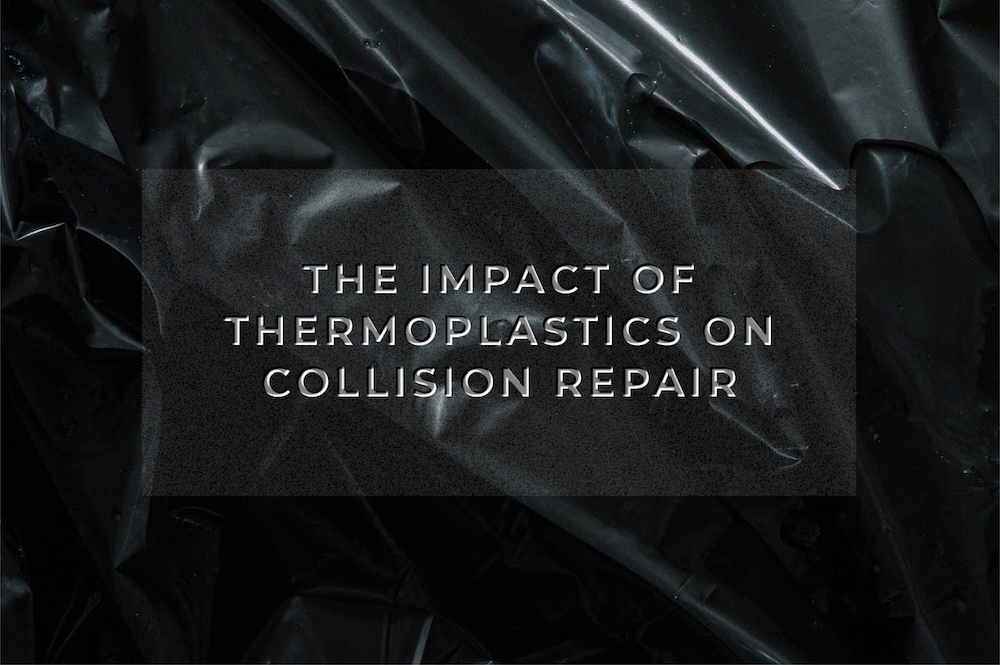The Impact of Thermoplastics on Collision Repair

“One word: Plastics” is a famous line from 1967’s “The Graduate.” In the film, a young Dustin Hoffman is at his college graduation party when one of his parent’s friends offers him that famous one word piece of advice regarding his future. Fifty-four years later, we see that plastics are still part of the automotive future. Thermoplastics are at the cutting edge of vehicle exterior panels, and the first vehicle to use this advancement by the supplier Magna is the Jeep Cherokee.
The Cherokee liftgate is the first high-volume application of an all thermoplastic liftgate produced in one factory. It is also the first industry use of infrared welding behind a visible exterior surface, which enables structural performance and faster component manufacturing. The advantages of moving away from metal liftgates to a thermoplastic unit are substantial: a 25% reduction in individual parts and a 28% reduction in weight. Tooling costs for a mid-cycle styling refresh are also more cost-effective than a traditional steel stamping retooling.
What does this mean for collision repair? As with most complex plastics, thermoplastic repair options are limited. If the interior of the liftgate panel is cracked, the liftgate must be replaced, and the panel lists for $735. Additionally, the overall design of the rear of the vehicle makes the panel vulnerable to damage in a moderate rear-end collision.
Magna also mentions, as an advantage, the fact that thermoplastics offer the ability to create sharper shape imprints and embossing or pattern capabilities. This could mean that future offerings of thermoplastic liftgates would have a pattern that when scratched, could not be satisfactorily repaired. Additionally, the investment in this new type of panel production is immense, limiting the creation of an aftermarket panel and, with the lower tooling cost of a refresh, also limiting the number of potential aftermarket parts being sold, further reducing the incentives for aftermarket manufacturers to manufacture this type of panel.
Ultimately, while there are several benefits to a thermoplastic panel, collision repair doesn’t appear to gain any of those benefits.

Greg Horn
Greg Horn is PartsTrader’s
Chief Innovation Officer.
